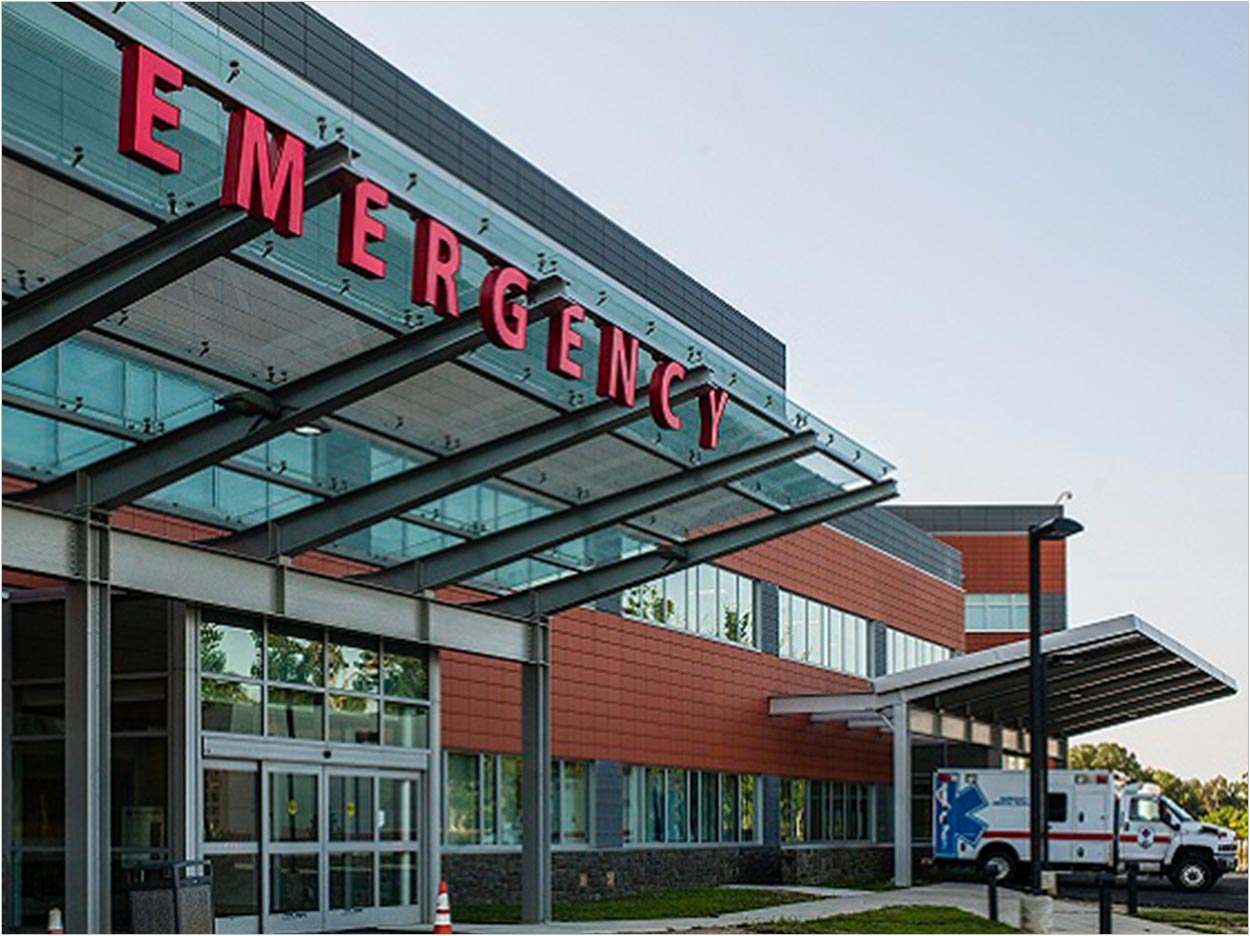
More than 12,300 visits to emergency rooms for non-traumatic dental problems in British Columbia could be prevented each year with better access to dental care, according to the University of British Columbia (UBC). Its researchers recently examined the costs of ER visits for preventable problems, like tooth decay, and interviewed 25 people with mental illness and addiction issues who felt stigmatized when trying to access dental services.
The researchers report that affordability is the primary barrier to care, as almost a third of all Canadians lack dental insurance. When people don’t get preventive or timely care for issues such as gum disease and tooth decay, minor and treatable dental issues become much larger problems. Pain follows, leading these patients to seek care at the emergency room. These problems are compounded for those with mental illness.
“We found that those who are marginalized due to their mental health status and substance abuse face additional barriers related to how they are treated at the dentist’s office,” said Leeann Donnelly, PhD, MS, assistant professor with the UBC Faculty of Dentistry. “Feeling stigmatized in this setting, as well as in other healthcare settings, was a strong deterrent to seeking care, even when finances were not an issue.”
Problems continue, as emergency rooms typically treat the immediate pain and infection that these patients are experiencing via painkillers and antibiotics without addressing the decay or gum disease that are causing them in the first place. These ineffective visits occur at all times of the day and night, not just when dental offices are otherwise closed. They are taking an economic toll as well, with nationwide costs to taxpayers totaling $154.8 million a year.
“We found that ER visits for preventable dental conditions cost British Columbia about $1.5 million to $3 million annually,” said Mario Brondani, DDS, MSc, MPH, PhD, director of the dental public health program in the Faculty of Dentistry. “The operational costs of maintaining an ER do not justify their use for non-traumatic dental problems. Going to a dentist should not hinge upon your ability to afford the care. The mouth is part of the body, and oral health should be part of our overall healthcare.”
Meanwhile, researchers from Public Health Ontario, the Canadian Institutes of Health Research, and the University of Toronto found similar results for Ontario’s emergency rooms, where about 403,628 people made 482,565 visits for non-traumatic dental conditions from 2006 to 2014. Young children, those who lived in low-income neighborhoods with higher immigrant concentrations, and rural residents accounted for the most visits.
With an eye on health equity and making patients feel welcome, UBC Dental Hygiene has partnered with a community-based mental health organization in Burnaby, British Columbia, to set up a mobile dentistry clinic that operates weekly all year long to provide free preventive care from fourth-year hygiene students as well as referrals for needed dental treatment.
“Due to their mental health conditions, this population tends to be suspicious, anxious, and apathetic toward dental professionals,” said Donnelly. “We’ve found that with this program, patients are more willing to access dental care, and some patients are now seeking care from the students and dentists in private practice. Much of this has to do with being comfortable with dental professionals.”
UBC’s studies, “The 1% of Emergency Room Visits for Non-Traumatic Dental Conditions in British Columbia: Misconceptions About the Numbers” and “Stigma of Addiction and Mental Illness in Healthcare: The Case of Patients’ Experiences in Dental Settings,” were published by the Canadian Journal of Public Health and PLOS One, respectively.
Related Articles
Community Care Reduces Dental Visits to the Emergency Room
Emergency Room Visits for Dental Problems Continue to Increase
Dental Cases Increasing in Nebraska Emergency Departments


